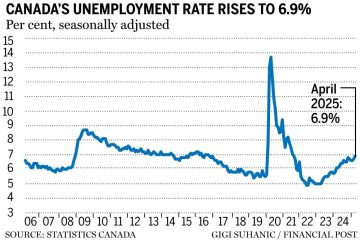Understanding Current Trends in the Oil Market

The Importance of Oil in Today’s Economy
Oil remains a critical component of the global economy, providing energy for transportation, heating, and industrial processes. In 2023, oil prices have fluctuated significantly due to various geopolitical tensions, supply chain disruptions, and shifts in demand caused by global economic conditions.
Recent Developments in the Oil Market
Recently, Brent crude oil prices have experienced highs of over $90 per barrel, reflecting rising tensions in the Middle East and production cuts by the Organization of the Petroleum Exporting Countries (OPEC). Additionally, the ongoing conflict between Russia and Ukraine has impacted energy supplies across Europe, driving prices upwards. Industry analysts suggest that these factors, combined with the post-pandemic recovery in demand, are contributing to an estimated 25% increase in oil prices compared to 2022.
The Impact of Global Events
As countries navigate post-pandemic recovery, the demand for oil has rebounded sharply, particularly in developing economies. According to the International Energy Agency (IEA), global oil demand is projected to reach 103 million barrels per day by the end of the year. However, the resurgence of COVID-19 variants in certain regions poses a risk to this growth. Moreover, the transition to renewable energy sources is gradually altering the landscape, with many nations committing to reduce their reliance on fossil fuels over the next decade.
Conclusion and Future Outlook
This complex interplay of geopolitical factors, demand fluctuations, and ongoing transitions to sustainable energy is likely to continue influencing oil market dynamics in the coming months. Economists predict that while short-term volatility may persist, the long-term trend may favor a gradual decrease in oil dependency as alternative energy sources become more viable. For consumers and businesses alike, understanding these trends is crucial for making informed decisions in a rapidly changing energy landscape.





